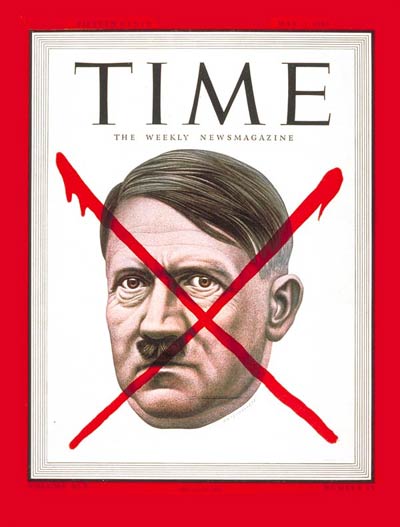
Holocaust Memorial Day is observed in many nations on the day of the liberation of Auschwitz — 70 years ago, on Jan. 27, 1945 — but it is designed to also encourage remembrance of those killed by Nazis elsewhere. (Some nations observe days of remembrance on other dates.)
When the May 7, 1945, issue of TIME was published, those memories were still fresh. The magazine’s correspondent Sidney Olson had just accompanied the U.S. Army during the liberation of Dachau, and the report he filed would have shocked even readers who were aware of the Nazis’ crimes.
This is what he wrote:
Beside the highway into Dachau there runs a spur line off the Munich railroad. Here a soldier stopped us and said: “I think you better take a look at these box-cars.” The cars were filled with dead men. Most of them were naked. On their bony, emaciated backs and rumps were whip marks. Most of the cars were open-top cars like American coal cars. I walked along these cars and counted 39 of them which were filled with these dead. The smell was very heavy. I cannot estimate with any reasonable accuracy the number of dead we saw here, but I counted bodies in two cars and there were 53 in one and 64 in another.
The main entry road runs past several largish buildings. These had been cleared; and now we began to meet the liberated. Several hundred Russians, French, Yugoslavs, Italians and Poles were here, frantically, hysterically happy. They began to kiss us, and there is nothing you can do when a lot of hysterical, unshaven, lice-bitten, half-drunk, typhus-infected men want to kiss you. Nothing at all. You cannot hit them, and besides, they all kiss you at the same time. It is no good trying to explain that you are only a correspondent. A half-dozen of them were especially happy and it turned out they were very proud: they had killed two German soldiers themselves.
…We went on, and the great size of the establishment of Dachau began to open before us. Buildings and barracks spread on and on. Outside one building, half covered by a brown tarpaulin, was a stack about five feet high and about 20 feet wide of naked dead bodies, all of them emaciated. We went on around this building and came to the central crematory. The rooms here, in order, were: 1) the office where the living and the dead were passed through and where all their clothing was stripped from them; 2) the Brausebad (shower) room, where the victims were gassed; and 3) the crematory. In the crematory were two large furnaces. Before the two furnaces were hooks and pulleys on rafters above them. Here, according to a number of Frenchmen, the SS men often hanged prisoners by the necks or by the thumbs or whatever their fancy dictated. From here the victims could watch while being whipped and tortured as their comrades were slid into the furnace.
Each of these pitiful, happy, starved, hysterical men wanted to tell us his home country, his home city, and ask us news and beg for cigarets. The eyes of these men defy my powers of description. They are the eyes of men who have lived in a super-hell of horrors for many years, and are now driven half-crazy by the liberation they have prayed so hopelessly for.
Read the full story here in the TIME Vault: Dachau
Ghosts in the Sun: Hitler's Personal Photographer at Dachau, 1950
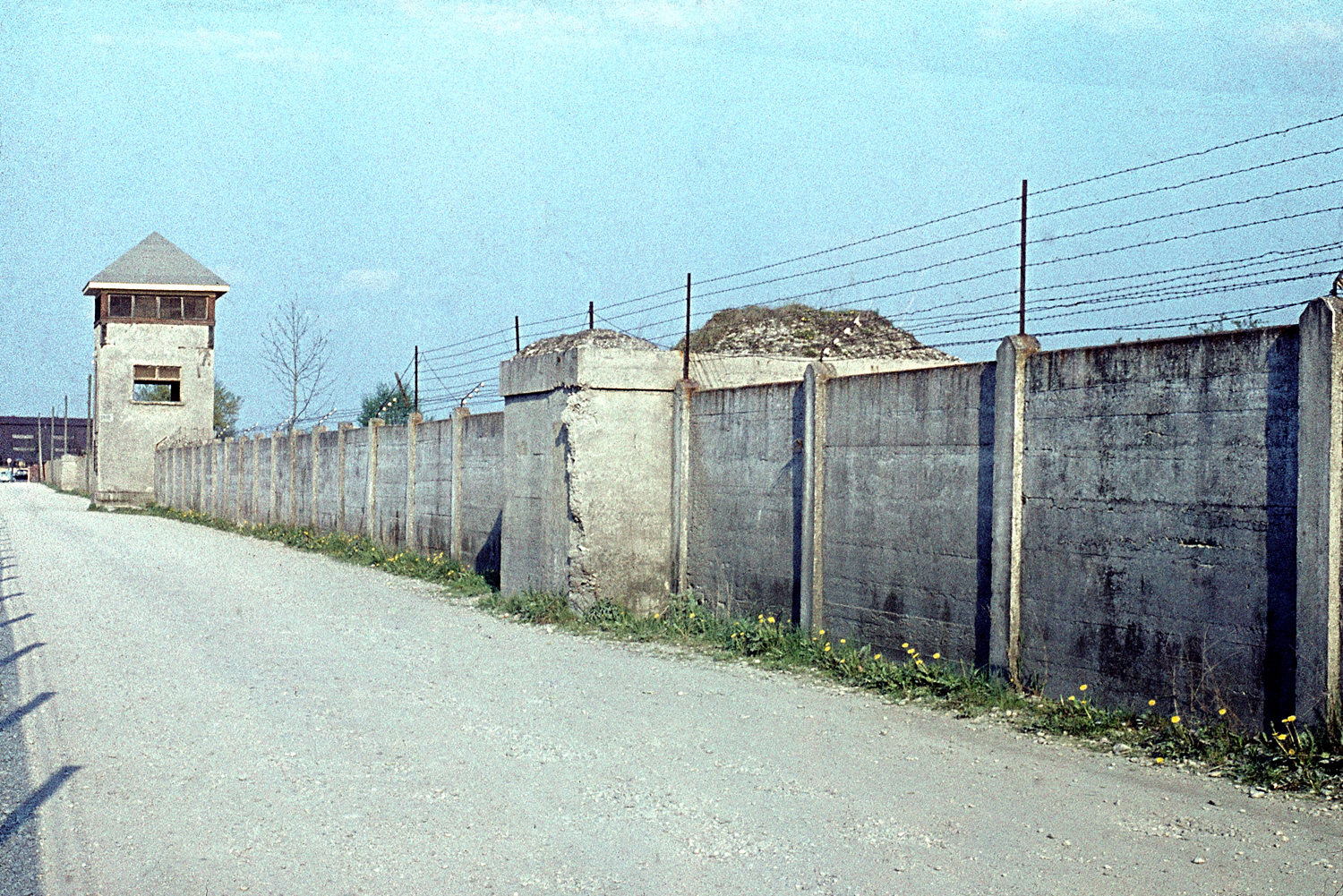
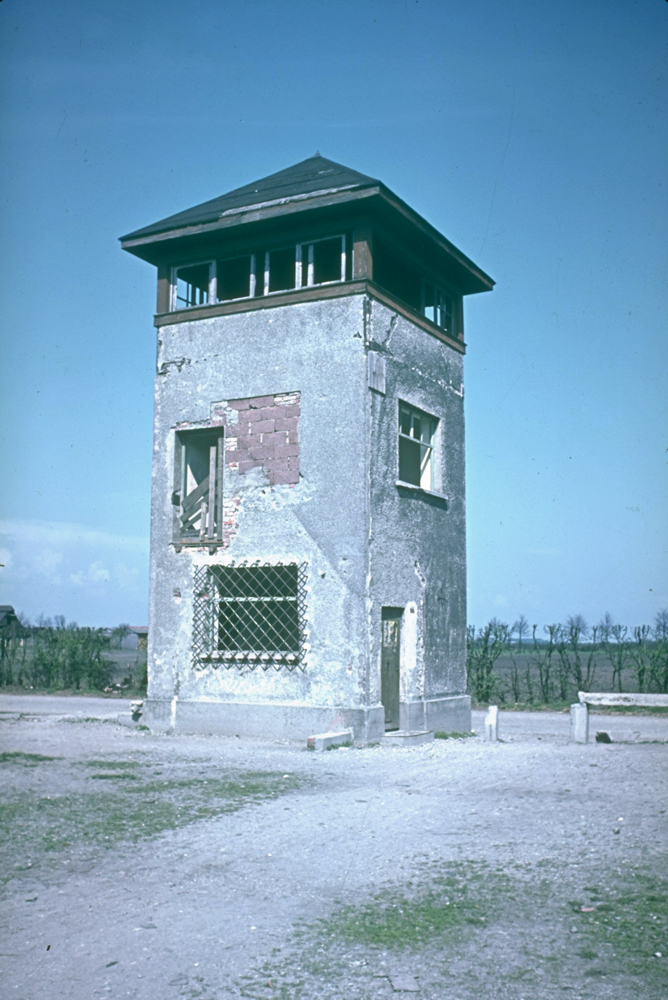
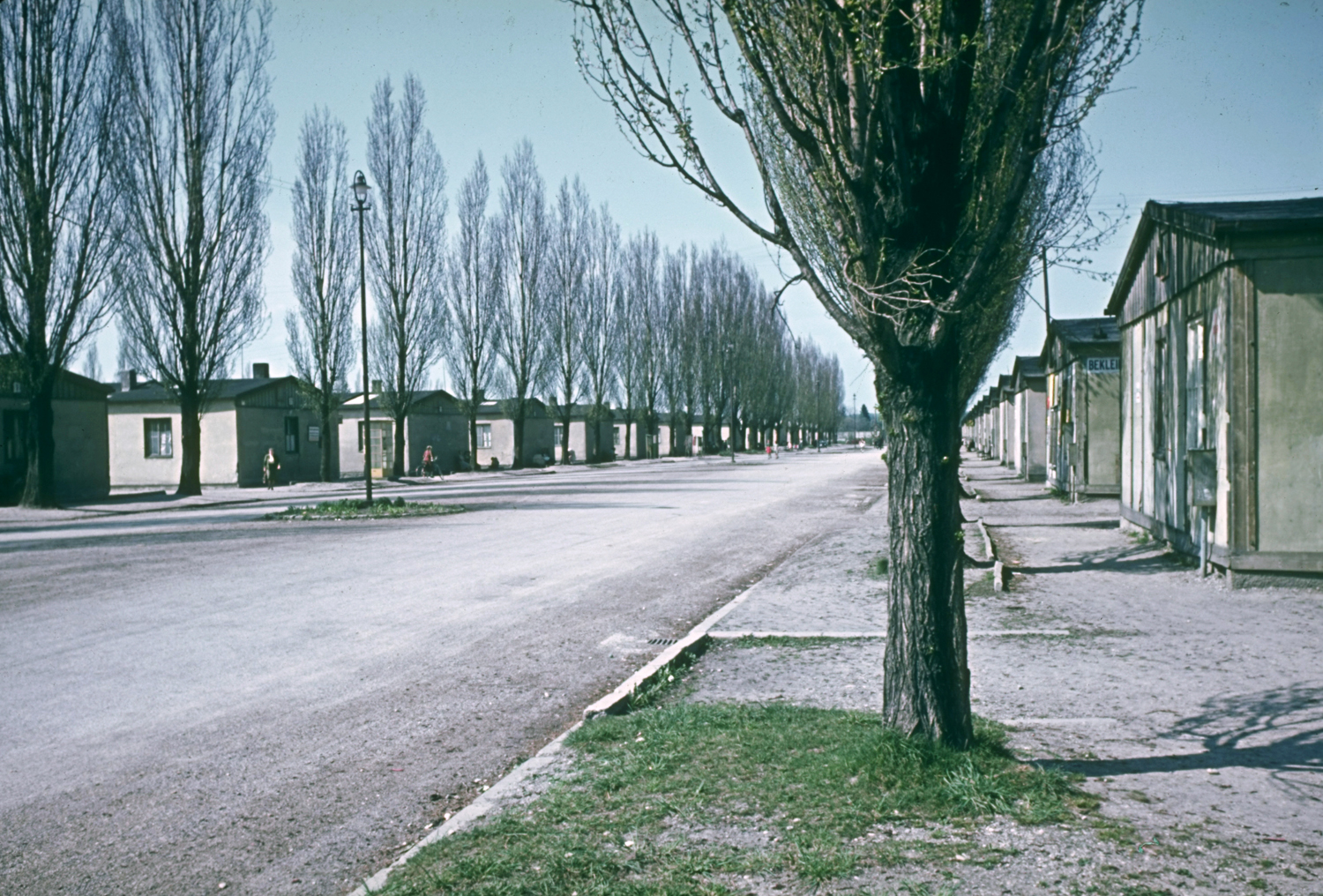
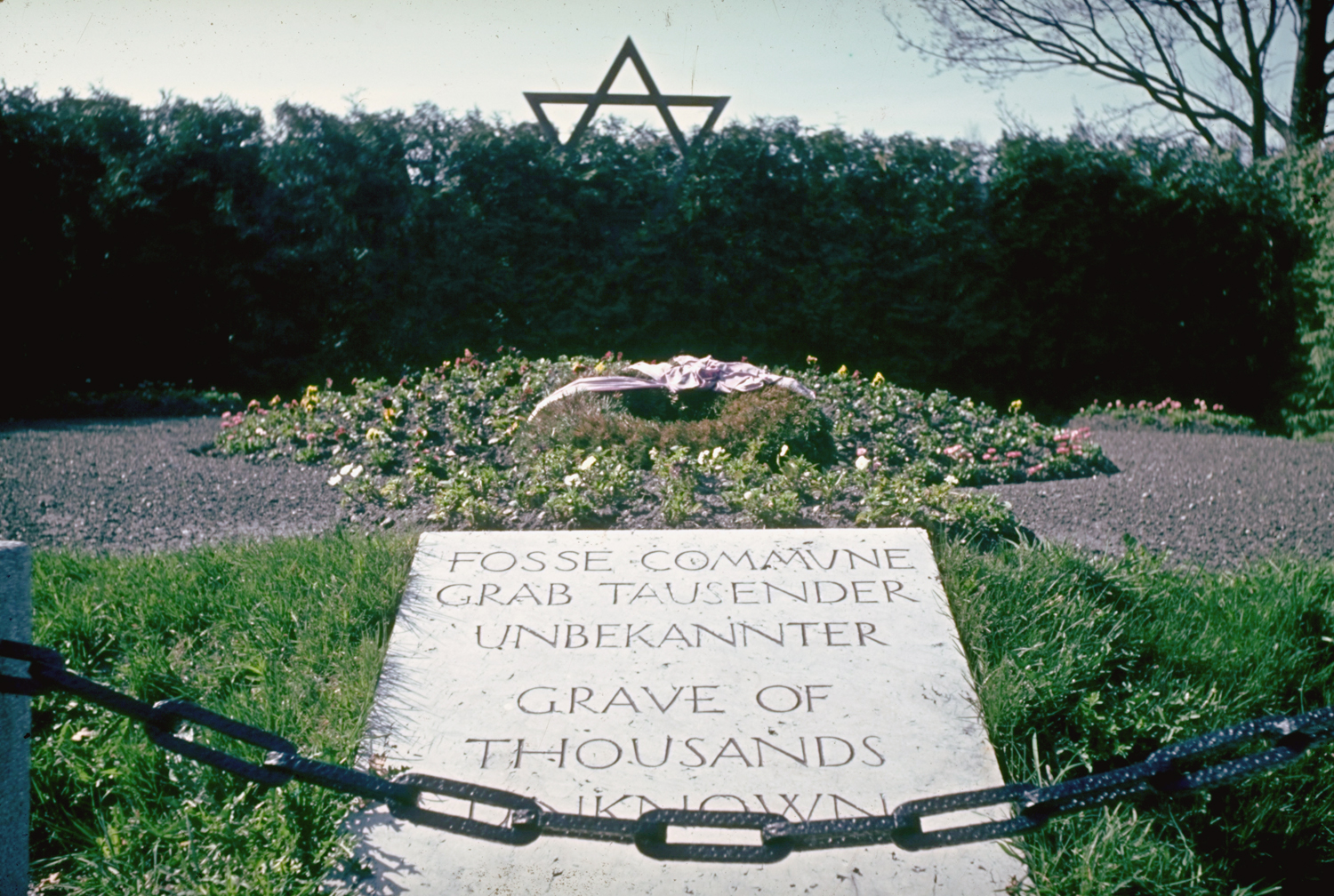

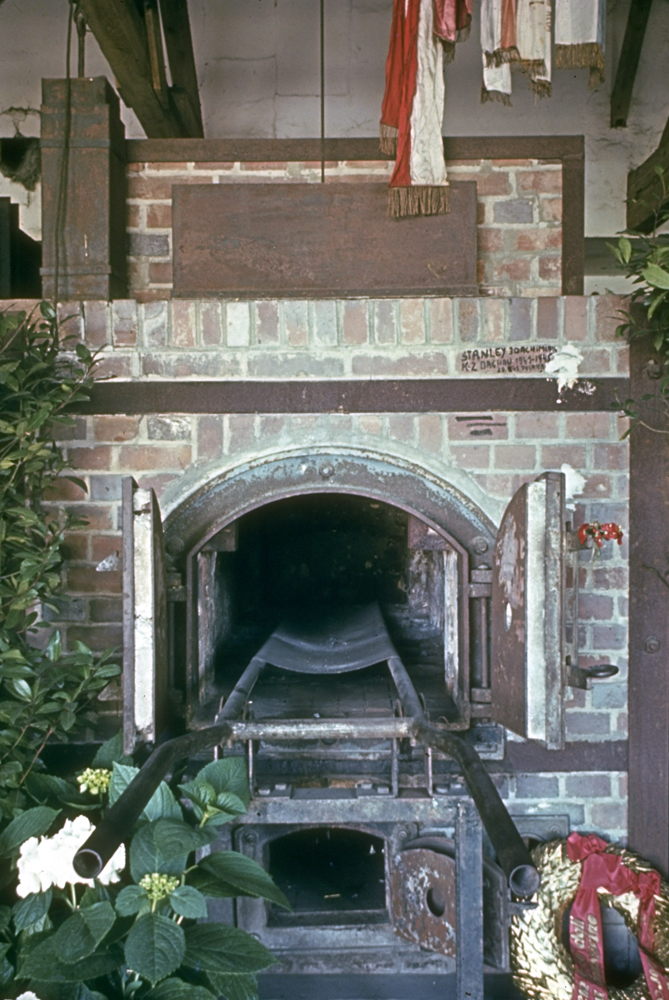
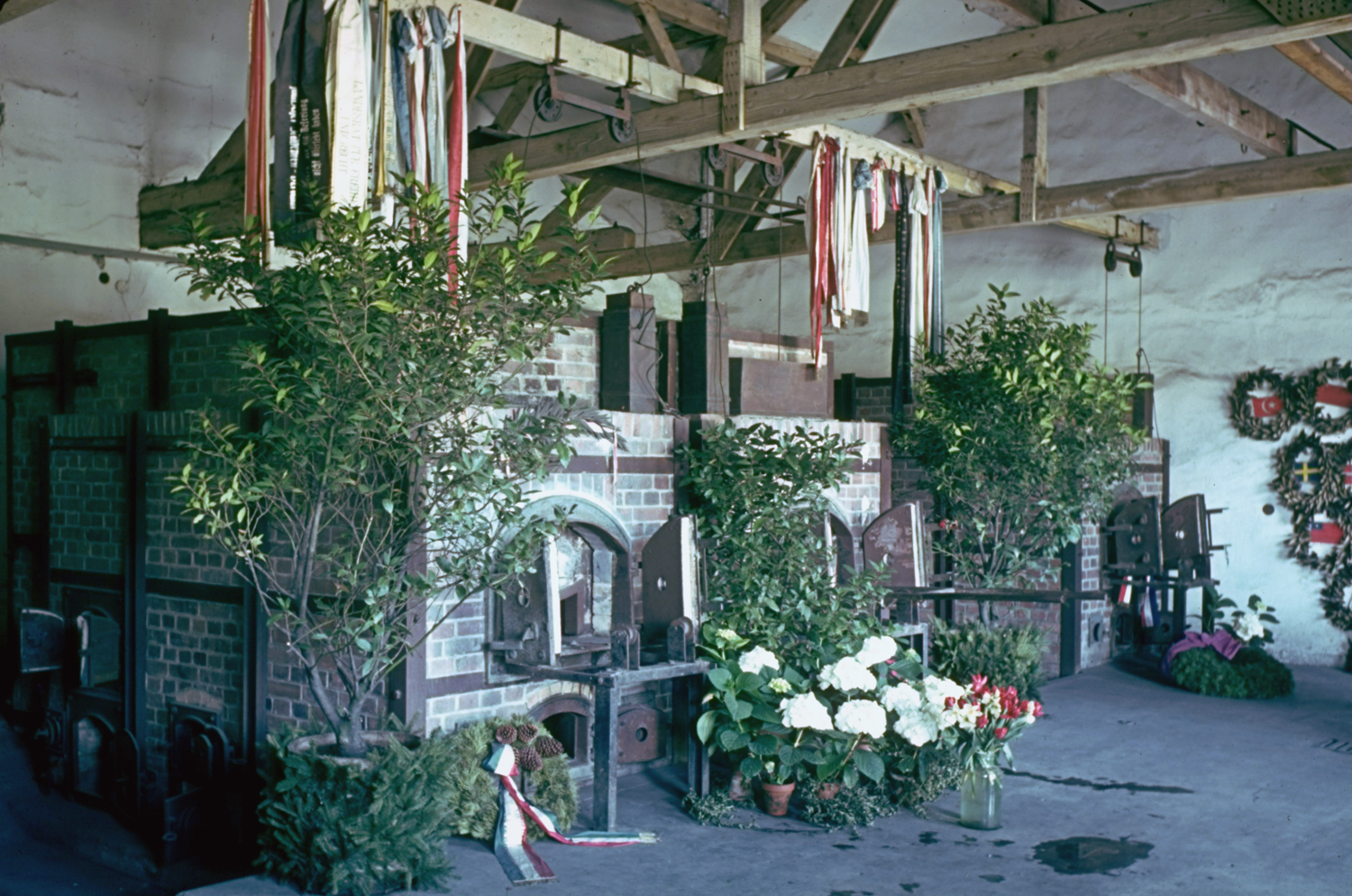

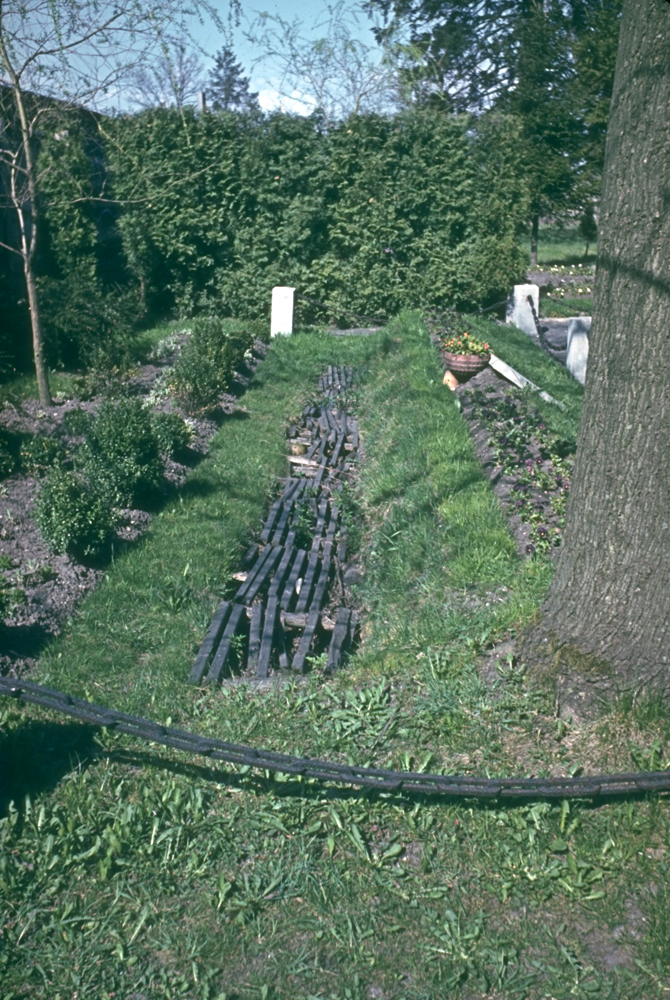

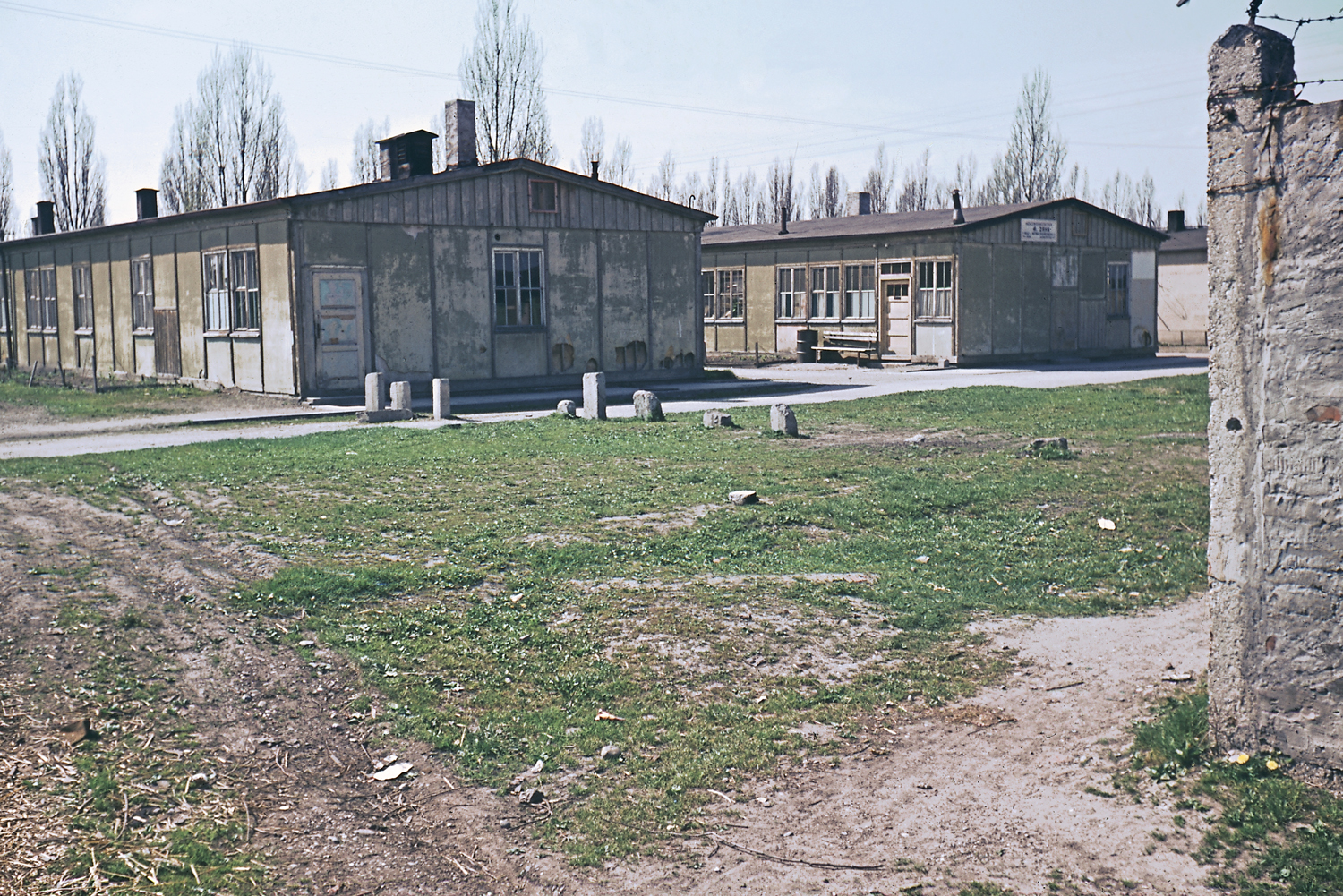
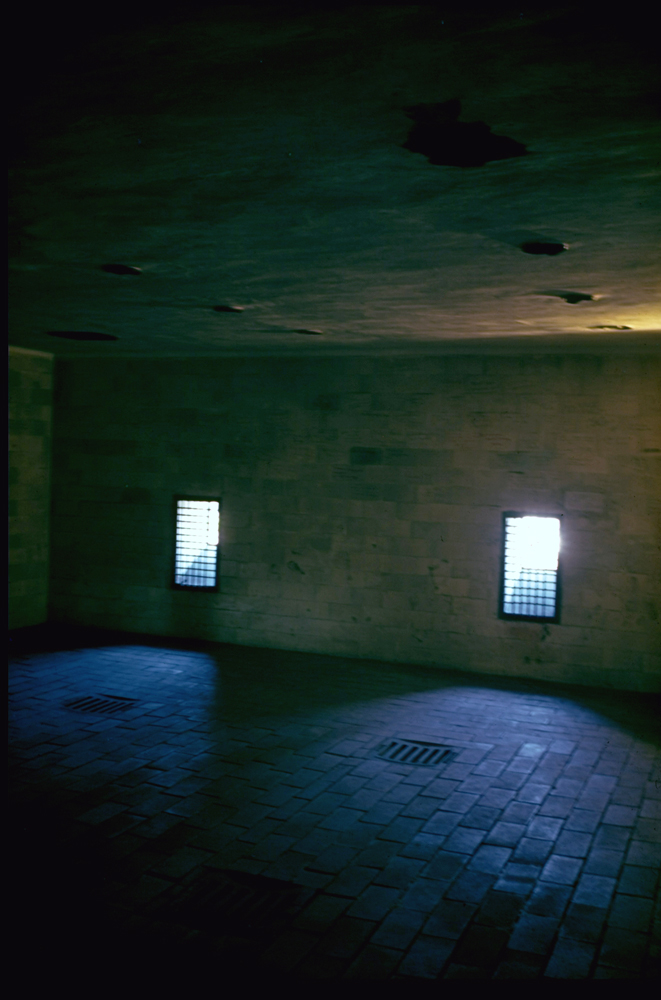
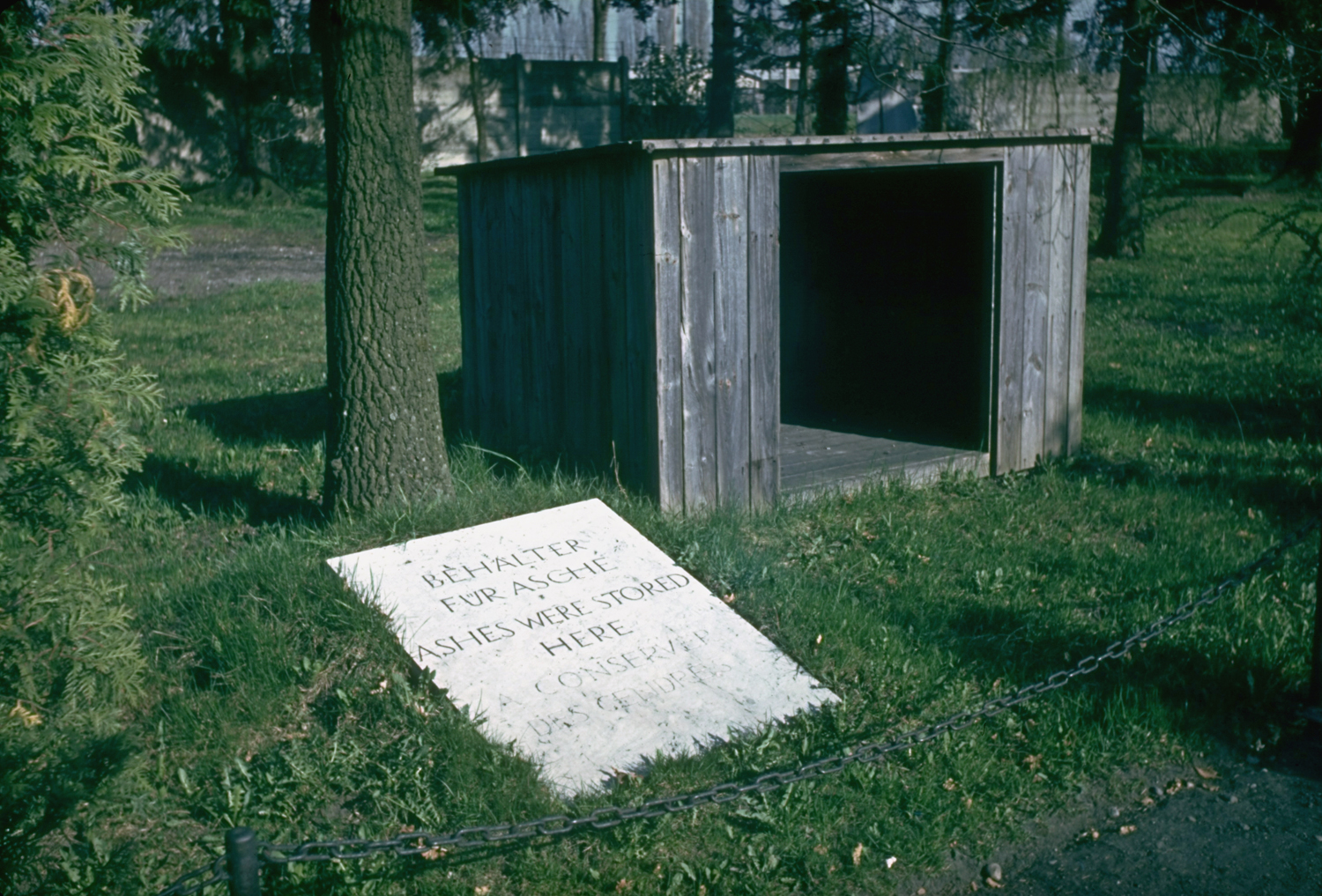
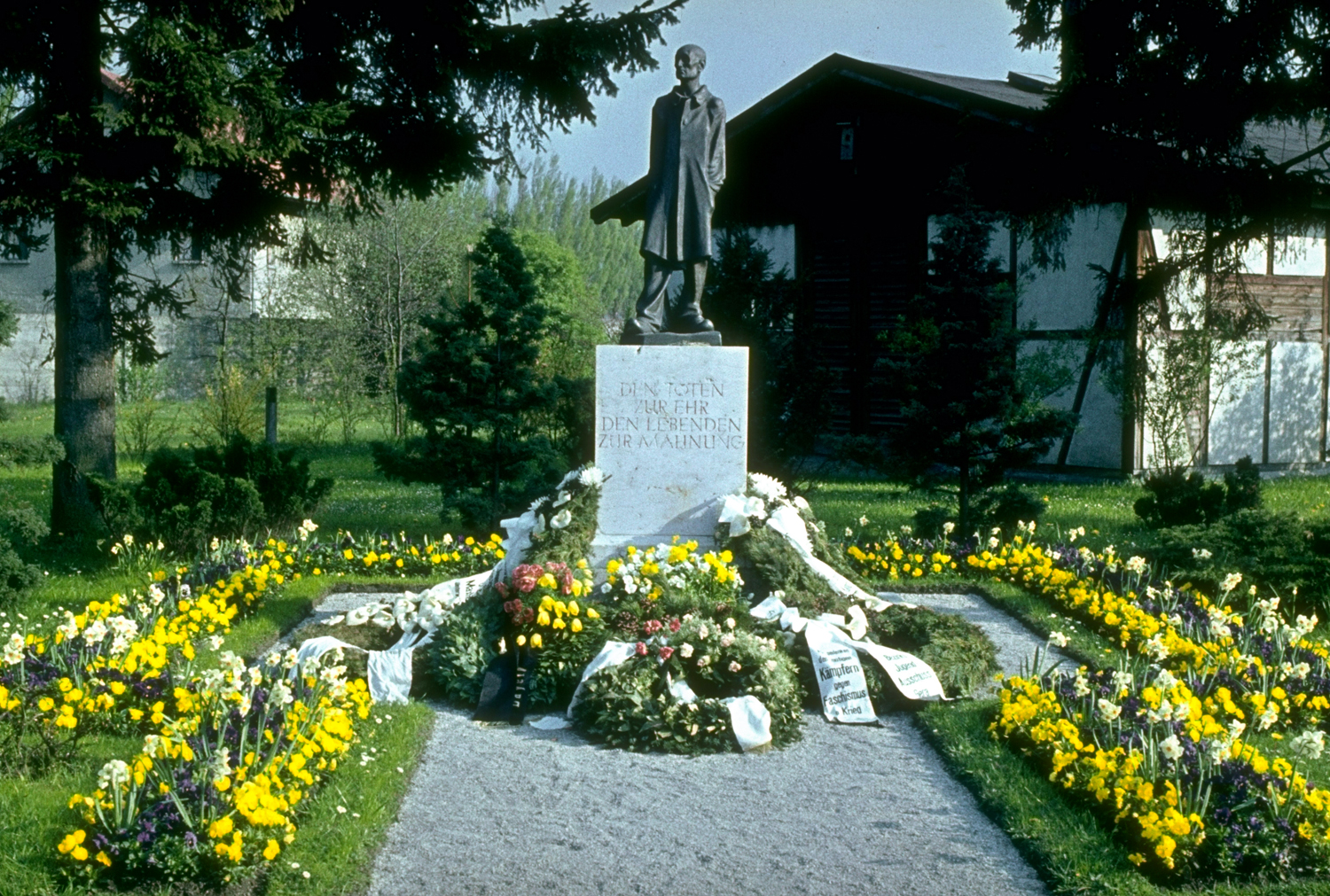
More Must-Reads from TIME
- Why Biden Dropped Out
- Ukraine’s Plan to Survive Trump
- The Rise of a New Kind of Parenting Guru
- The Chaos and Commotion of the RNC in Photos
- Why We All Have a Stake in Twisters’ Success
- 8 Eating Habits That Actually Improve Your Sleep
- Welcome to the Noah Lyles Olympics
- Get Our Paris Olympics Newsletter in Your Inbox
Write to Lily Rothman at lily.rothman@time.com